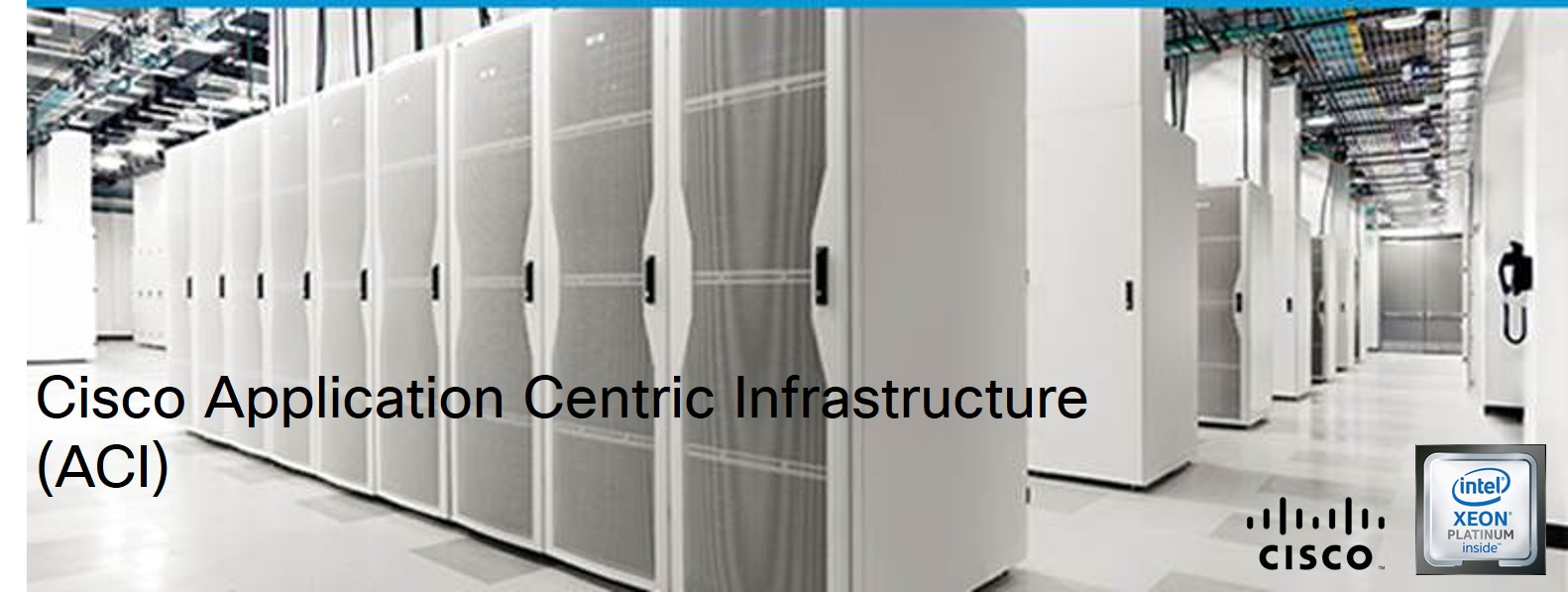Cisco ACI 3 Day For Network Engineers: 10-12 February 2020 in Singapore
Date and time
Location
Cisco Singapore
Bldg. 80, Level 25, Mapletree Biz City 80 Pasir Panjang Road Singapore 117372 SingaporeDescription

Dates:
10-12 February 2020
Venue Address
Cisco Singapore (NEW OFFICE)
Bldg. 80, Level 25, Mapletree Biz City
80 Pasir Panjang Road
Training Rooms:
Mt. Kinabalu
Description
This 3 Day ACI course will bootstrap your knowledge from novice to configuring external L2/L3, Hypervisors and bare metal servers with ACI. This course will help you understand ACIs positioning in the Software Defined Network. The 3 day course will provide additional time to dig deeper into the ACI concepts.
The course covers many of the key concepts behind ACI’s application-centric infrastructure and policy-based architecture. Through a combination of lecture and hands on lab configuring the ACI solution, including configuring tenants, application network profiles (ANP), contracts, endpoints, VMM integration and how to connect the ACI Fabric to an external L2 and L3 networks, along with L4-L7 services.
The 3 Day course will include hands on covering Fabric Bring up and initialization. Service Integration labs are included. Discussion with respect to Data Center to Data Center connectivity, multi-pod and multi-site.
The course will include intense hands-on labs on real physical hardware of all the key functions of ACI. You will not share with other students during the labs. You will be provided with your own ACI Tenant, Vcenter Server, ESXi Hosts and numerous virtual machines.
Target Audience
It is designed for network and data center Cloud Systems Architects, as well as server Administrators Application developers and security engineers as well as virtualization administrators, Architects, Systems Engineers and Field Engineers who are selling, implementing and/or managing Cisco ACI
Agenda
DAY 1
- Module 1 ACI Introduction
- Evolution of the Data Center
- Overview of the ACI policy model
- Review Tenants, Application Network Profiles (ANPs), End Point Groups (EPGs), Contracts, Route Leaking, L2/L3 Out
- VLAN security mapping to EPGs
- Network Centric vs Application Centric Deployments
- Module 2 Fabric Switches
- The different models of spine and leaf switches
- Overview of ASIC and capabilities
- Module 3 Application Policy Infrastructure Controller
- Discuss the purpose of the APIC
- How it is configured and the features it provides to ACI
- Lab 1 ACI Fabric Discovery
- Setup the APIC from the setup script
- Then proceed to discover and add the leafs and spines to the fabric
- Learn to navigate the GUI
- Module 4 Fabric Physical Policies
- Setup Interface and Switch policies
- Understand VLAN pool dynamic and static modes and blocks
- Domains and AEP
- LLDP/CDP vs Pre-provisioning for VMM integration
- Lab 2 Fabric Access Policy Configuration
- Initial setup of the fabric
- Fabric Access Polices
- Setup VLAN pools, AEP, Interface and Switch Policies
- Module 5 Tenant Logical Overlay Policies
- Understand the logical configuration of ACI
- We’ll cover subnet advertisement
- Contract scope, reachability and how it affects route leaking between VRFs
- Common tenant vs tenant to tenant communication and forwarding
- VLAN/subnet management in ACI and existing Data Center Fabric
DAY 2
- Module 6 Fabric Operations and Forwarding
- How the fabric works
- Where does VXLAN come into play
- Module 7 VMM Integration
- How to integrate Hypervisors into ACI
- Discuss the major Hypervisors
- How the port-groups are used to place VMs into EPGs
- Lab 3 VMM integration
- In this lab, we will configure ACI integration with VMware ESXi hosts and provide EPG configuration as port groups in the vCenter environment
- Lab 4 Communications Using Contracts
- In this activity, we will use contracts to establish connectivity between EPGs in the same tenant
- Module 8
- Describing how to connect a layer 3 network outside the ACI fabric to be integrated with ACI
- Lab 5 Establishing Layer 3 External Connectivity
- Configure Layer 3 to existing Data Center
DAY 3
- Lab 6 Advanced Communication Using Contracts
- In this lab, the student will create specific Protocol filters
- Create contacts
- Configure communication between external Users and EPG VMs
- Module 9 Layer 2
- Setup Layer 2 to existing/legacy Data Center
- When to use L2 external and when to use L2 EPG methodology
- L2 Domains vs Physical Domain
- Legacy VLANs
- Static L2 VLAN mapping inside the leaf
- Lab 7 Layer 2 External Connectivity
- Configure Layer 2 to existing Data Center
- Properly setup network scope and flooding
- Contract scope and communication
- Bonus setup ERSPAN session
- Module 10 Integrating L4-7 with ACI
- Understanding how to integrate layer 4 – 7 services like firewall and load balancers
- Discussions of supported vendors and implementation of the services to the EPGs
- Lab 8 Service Insertion
- Configure ASAv Service Insertion using various methods
- Module 11
- Integrating ACI into existing Environments
- DCI using traditional IP connectivity
- ACI methods for Multi-Pod and Mulit-Site (Fabric)
This boot camp is by invitation only. You must register to attend.
We look forward to seeing you.
Organized by
Lumos is a different type of technology company. We equip value-added resellers, system integrators, cloud architects, and DevOps engineers with the wisdom necessary to develop and launch complex cloud infrastructures.